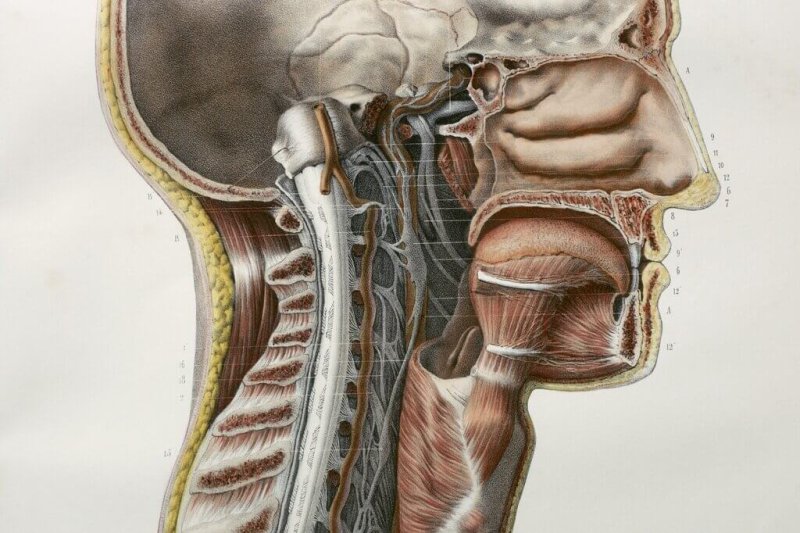A team of researchers in the Netherlands has discovered what may be a set of previously unidentified organs: a pair of large salivary glands, lurking in the nook where the nasal cavity meets the throat. If the findings are confirmed, this hidden wellspring of spit could mark the first identification of its kind in about three centuries.
…
[T]he structures are important to researchers and doctors who deal in oncology.Salivary glands collectively churn out about a quart of spit each day, which is responsible for “a lot of things that make you enjoy life,” [surgeon Matthijs] Valstar said. It lubricates the mouth, making it easier to speak and swallow. It ferries the tasty chemicals in food to the microscopic cells that can sense them. It even comes imbued with crude healing powers, waging war against germs and speeding the closure of wounds.
Doctors take numerous precautions to avoid damaging the glands when administering radiation therapy, which can, with a single misdirected zap, permanently compromise the delicate tissues.
The new find, [radiation oncologist Wouter] Vogel said, might help explain why people who undergo radiation therapy for cancer of the head or neck so often end up with chronic dry mouth and swallowing problems. Because these obscure glands weren’t known to doctors, “nobody ever tried to spare them” from such treatments, Dr. Vogel said.































